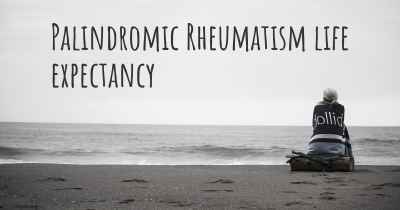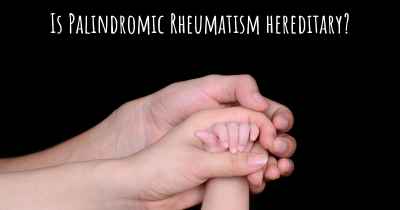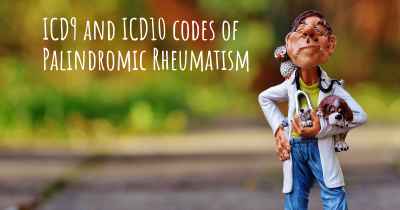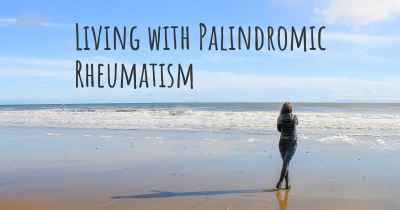What is the history of Palindromic Rheumatism?
When was Palindromic Rheumatism discovered? What is the story of this discovery? Was it coincidence or not?
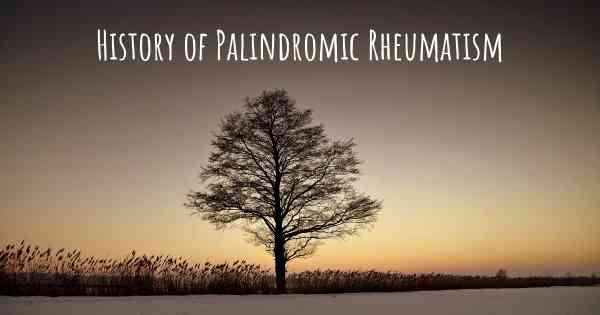
Palindromic Rheumatism (PR) is a rare autoimmune condition characterized by recurrent episodes of joint inflammation. The term "palindromic" refers to the cyclical nature of the disease, where symptoms come and go in a pattern resembling a palindrome.
Early Observations:
The first documented case of PR dates back to 1944 when Dr. Hench and Dr. Rosenberg described a patient with recurrent arthritis attacks. However, it wasn't until the 1960s that PR was recognized as a distinct clinical entity.
Recognition and Definition:
In 1966, Dr. Hench and Dr. Rosenberg published a seminal paper that defined the diagnostic criteria for PR. They described it as a form of inflammatory arthritis characterized by sudden-onset joint inflammation, typically lasting for a few hours to a few days. The affected joints often return to normal between attacks, leaving no permanent damage.
Pathogenesis and Autoimmunity:
The exact cause of PR remains unknown, but it is believed to be an autoimmune disorder. The immune system mistakenly attacks the body's own tissues, leading to joint inflammation. Genetic factors, environmental triggers, and hormonal influences are thought to play a role in the development of PR.
Clinical Features:
PR primarily affects the joints, with the most commonly involved areas being the hands, wrists, knees, and ankles. During an episode, affected joints become swollen, red, and tender. The inflammation can be accompanied by stiffness and limited range of motion. Systemic symptoms such as fatigue, malaise, and fever may also occur.
Diagnosis and Differential Diagnosis:
Diagnosing PR can be challenging due to its episodic nature and lack of specific laboratory markers. The diagnosis is typically made based on the characteristic clinical presentation and by ruling out other conditions that may mimic PR, such as rheumatoid arthritis, gout, or systemic lupus erythematosus.
Treatment and Management:
There is no cure for PR, and treatment aims to control symptoms and prevent joint damage. Nonsteroidal anti-inflammatory drugs (NSAIDs) are commonly used to relieve pain and inflammation during acute episodes. Disease-modifying antirheumatic drugs (DMARDs) may be prescribed for more severe or frequent attacks. Lifestyle modifications, including stress reduction and regular exercise, can also help manage the condition.
Prognosis and Outlook:
The prognosis for PR varies among individuals. Some people experience infrequent and mild episodes, while others may have more frequent and severe attacks. In some cases, PR may progress to a chronic form of arthritis, such as rheumatoid arthritis. Regular follow-up with a rheumatologist is important to monitor disease activity and adjust treatment as needed.
Research and Future Directions:
Despite being a rare condition, ongoing research is being conducted to better understand the underlying mechanisms of PR and develop more targeted treatments. Advances in genetic studies and immunological research may provide insights into the pathogenesis of PR, leading to improved diagnostic tools and therapeutic options in the future.
https://www.hopkinsarthritis.org/physician-corner/rheumatology-rounds/round-1-palindromic-rheumatism
Posted Oct 12, 2017 by Betty 200
In the early years and even now, there's still debate over its separation from RA. While most medical organizations seem to separate the two, the many similarities between the conditions leave some researchers and physicians lumping the two diseases together.
Posted Dec 1, 2019 by MaddOryxite 3570
